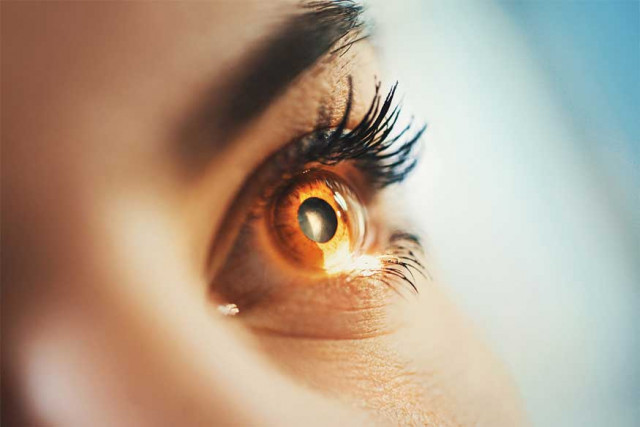Researchers claim what you see is altered by the brain with your past
Researchers confirmed that the brain smoothes out what we see with images from the past, and paints them similarly.

Researchers theorize that humans capture a single snapshot of 15 seconds and only visualize an average of the frames they see. By putting similar objects together, the human brain tricks us into perceiving a stable environment. This is being referred to as the "illusion of visual stability".
In a paper published in Science Advances, researchers posit that when focusing on objects at a distance, retinal images continuously fluctuate because it is receiving various internal and external noise from different sources. The noise may range from retinal image motion, occlusions, discontinuities, lightning changes, perspective changes, and many more.
In the study, the researchers strived to better understand a theory called "serial dependence" which shows how the brain and eyes work together. The researchers explained that "Serial Dependence causes objects at any moment to be misperceived as being more similar to those in the recent past". The brain accidentally compares the live picture to images from the recent past, concluding that they are both similar. This creates a soothing effect which in reduces the number of frames as humans are perceiving and looking at objects.
In an effort to test the theory, the researchers observed people looking at progressively changing images of faces switching from young to old, and vice versa. Locked in the recent past, our brains will most likely register a lag when perceiving the age of the person in the changing picture and the actual age of the person. The study confirmed the same illusory misjudging of the picture's age by participants as their brains smoothed out images that were old.



















COMMENTS
Comments are moderated and generally will be posted if they are on-topic and not abusive.
For more information, please see our Comments FAQ